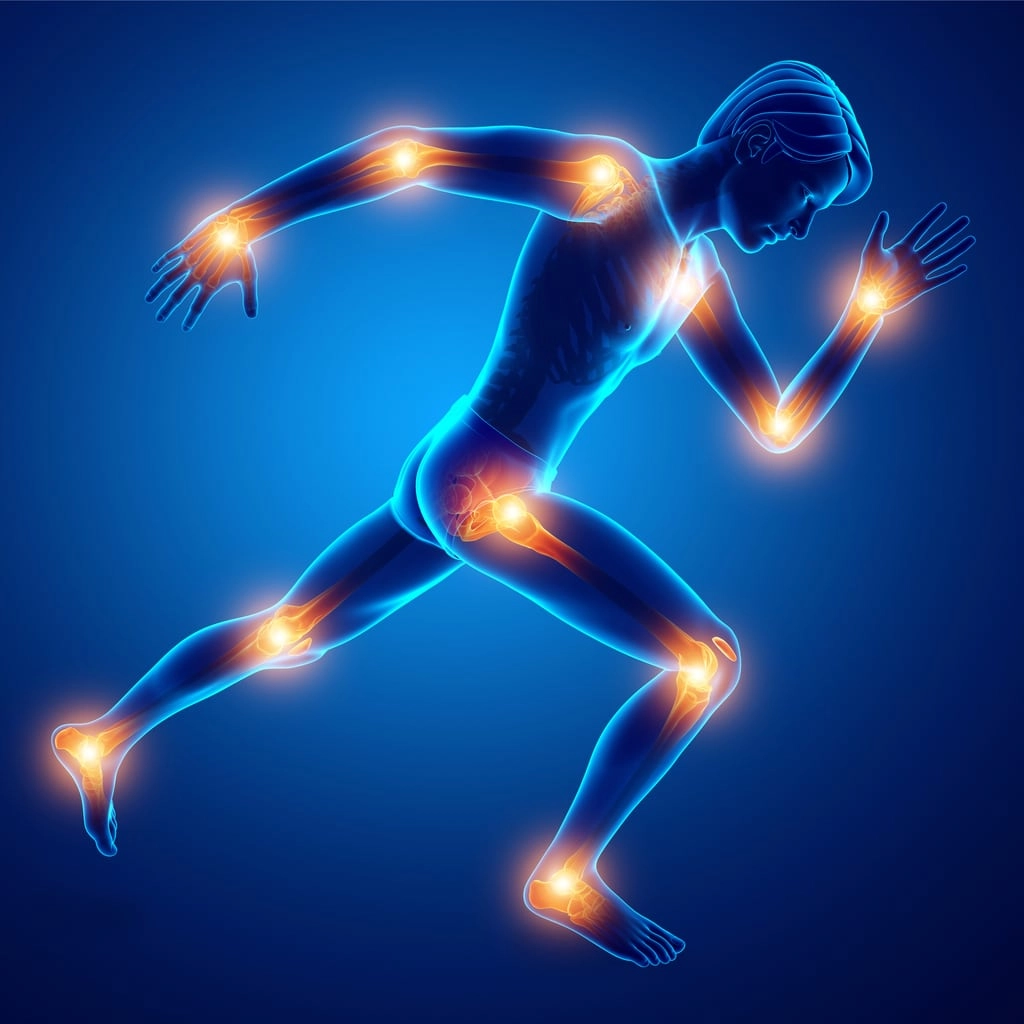Imagine spending eight hours a day at your desk, five days a week, year after year. It might not feel physically strenuous, but over time, this routine can have a profound effect on your body—particularly your joints. Office ergonomics isn’t just about comfort; it’s about protecting the structure and function of your musculoskeletal system.

Joint health doesn’t only depend on how much or how little you move—it’s also shaped by how you sit, type, reach, and rotate. Poor ergonomic setup can silently wear down the connective tissues and joints, increasing the likelihood of chronic discomfort or mobility issues down the road.
Understanding how office ergonomics influences long-term joint health can help you make simple yet powerful changes that pay off for years to come.
The Subtle Strain of Sedentary Work
The human body is built for movement, yet the modern workplace often asks it to stay still. While a sedentary job might appear harmless, prolonged sitting, repetitive tasks, and awkward posture can gradually degrade joint structures.
Here’s how it happens:
- Static compression of hip and knee joints reduces synovial fluid circulation, which is vital for joint lubrication.
- Forward head posture strains the cervical spine and puts pressure on shoulder joints.
- Poor wrist positioning during typing can lead to inflammation in the small joints of the hand and fingers.
- Twisting or leaning to access phones, printers, or files can irritate the spine and sacroiliac joints.
These strains are not usually dramatic. They build up over time, often unnoticed until stiffness, pain, or restricted range of motion sets in.
Common Joint-Related Conditions Linked to Office Setups
The following conditions are frequently seen in those with suboptimal office ergonomics:
- Carpal Tunnel Syndrome: Caused by repetitive wrist extension and flexion, especially if the keyboard or mouse isn’t positioned properly.
- Neck and Shoulder Impingement: Resulting from sustained forward head posture and rounded shoulders.
- Lower Back Pain: Often traced to poor lumbar support, seat height mismatches, and uneven weight distribution while seated.
- Hip Flexor Tightness: Prolonged sitting shortens these muscles, altering pelvic alignment and affecting joint stability.
- Knee Joint Stiffness: Especially in chairs that don’t allow feet to rest flat or cause knees to stay flexed at awkward angles.
Addressing these issues early with ergonomic adjustments can prevent them from developing into chronic pain conditions.
Micro-Movements Matter
Not all ergonomic solutions are about specialized chairs or equipment. Much of joint preservation comes from the little things—shifting your position, standing up briefly, or reaching in a balanced way.
Micro-movements throughout the day:
- Encourage blood flow to cartilage and connective tissue
- Prevent fluid stagnation in the joints
- Reduce pressure points in commonly stressed areas
Even fidgeting, walking during calls, or standing while reading documents can make a big difference. Small, regular shifts in position help interrupt the long-term stress that static sitting imposes.
The Role of Proper Alignment
Ergonomics is, at its core, about alignment. When your workstation is set up to support natural posture, your muscles, tendons, and joints can work with less effort and tension.
Good alignment means:
- Your feet rest flat on the floor or a footrest
- Knees are at or just below hip level
- The spine maintains its natural curves with support
- Shoulders are relaxed, not hunched or lifted
- Elbows are at 90–110 degrees while typing
- The monitor is at eye level to avoid neck strain
An aligned posture not only protects joint integrity but also enhances energy levels and focus throughout the day.
Equipment and Environment Upgrades That Support Joint Health
Upgrading your office setup doesn’t require a full redesign. Even modest changes can make a big difference. Consider the following:
- Ergonomic chair: One that offers adjustable height, lumbar support, and a tilting seat pan.
- Keyboard tray: Allows for better wrist and elbow positioning, reducing strain on the hands and shoulders.
- Footrest: Promotes neutral hip and knee positioning for shorter individuals.
- Standing desk or sit-stand converter: Encourages posture changes and reduces time spent in one position.
- Monitor arms: Help position the screen at the proper height and distance to avoid neck and eye strain.
While equipment plays a role, it’s your awareness and habits that turn these tools into long-term joint savers.
Stretching and Strengthening as Ergonomic Enhancements
Even the best setup can’t completely replace movement. Integrating brief, targeted exercises into your day helps reinforce proper alignment and joint resilience.
A few joint-friendly movements include:
- Neck rolls to release cervical tension
- Shoulder blade squeezes to counteract rounding
- Seated hip openers to balance hours of flexion
- Wrist flexor and extensor stretches to ease tension from typing
- Standing calf raises and toe lifts to promote ankle mobility
Incorporate these into breaks or task transitions throughout your day. They’ll support blood flow, restore mobility, and offer a mental reset as well.
The Cumulative Effect of Ergonomic Awareness
It’s easy to overlook how subtle posture deviations or repetitive office tasks compound over time. But just as repetitive strain can lead to joint dysfunction, daily ergonomic mindfulness can lead to long-term resilience.
Paying attention to joint comfort now reduces your risk of needing interventions later. Something as simple as adjusting your seat angle or using a headset instead of cradling the phone can spare your joints years of accumulated wear.
Practitioners at clinics like NSSM often emphasize the importance of preventive care. Many joint-related concerns treated in clinical settings originate from daily work environments—meaning they’re often avoidable with the right education and ergonomic adjustments.
Final Thoughts
Your desk may seem like the safest place in your daily routine, but if it’s not ergonomically supportive, it could be quietly undermining your joint health. Good ergonomics protect not just comfort, but structural integrity—especially when practiced consistently over time.
By setting up your workspace with proper alignment, introducing regular movement, and staying attuned to your posture, you invest in mobility, strength, and comfort that lasts well beyond the workday.
Your joints are the hinges of your body—protecting them starts with how you move and position yourself, even when you’re not moving at all.
ChatGPT can make mistakes. OpenAI doesn’t use Stryker Digital workspace data


